In general, the district is known as ‘Bhaktapur.’Khwopa (Khwapa) is how the Newars refer to it. Khwopring, Bhaktapur‘s earliest non-Sanskrit name, was its previous form. Khwopring as a name prevailed even before the introduction of the Lichchhavies i.e. in the Kirat Period.Khopring, the old name for what is now Bhaktapur, was first recorded as ‘Khopringgrampradesha’ in an inscription erected in 477 A.D. during the reign of Mandeva, the historical Lichchhavi king. Bhaktapur district is also one of the oldest outlying settlements in the Kathmandu valley, according to epigraphic data. It’s also worth noting that the Tamang people continue to refer to Bhaktapur as Khobang in their language, which is quite similar to the word Khopring. According to Vajracharya, the Kirat term kho may refer to ‘Bhaat’ (cooked rice), which was eventually translated into Sanskrit as Bhakta, just as the word ‘Pring’ refers to a hamlet. Gram is the Sanskrit word for village.

As a result of the aforementioned information, it is clear that ‘Khopringgrampradesha‘ was a large rural area famed for ‘Bhaat.‘ As a result of this characteristic,‘Khopring‘ became known as ‘Bhaktagram’ in Sanskrit. Bhaktagram is spelled incorrectly as ‘Bhadgaon.‘ The name Bhadgaon appears to have been used regularly after the Malla period ended. In Sanskrit, a developed town is known as ‘Pur.‘ During the medieval period, Bhaktapur exclaimed perhaps ‘Bhaktagram‘ or ‘Bhaktapur.‘ The term ‘Bhaktapur‘ appears for the first time in 924 A.D. in a manuscript named ‘Kiran Tantra.’ Since then, not just the city, but the entire region has been referred to as ‘Bhaktapur.‘ It’s worth noting that the name of a particular territory was once used in two separate languages.

Thus, in the Newari language, we have Khopring, Khwopa, a later variant of Khopring in the Newar dialect, and Bhaktapur in Sanskrit. It can be deduced that the root Bhakta refers to both Devotee and food, specifically the staple Bhaat (cooked rice). In Sanskrit, for example, a vessel carrying cooked rice is known as Bhaktapurita bhandam. As a result, it is important to remember that not just Bhaktapur, but also the rest of the areas – or, to put it another way, not just a city or a hamlet, but every territory in Nepal is the land of the devotees.

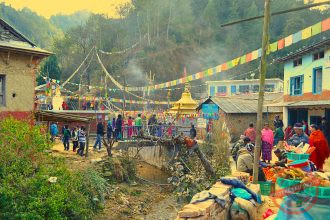

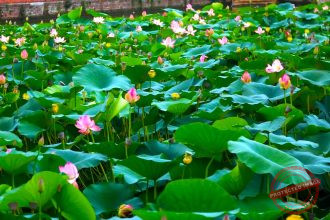
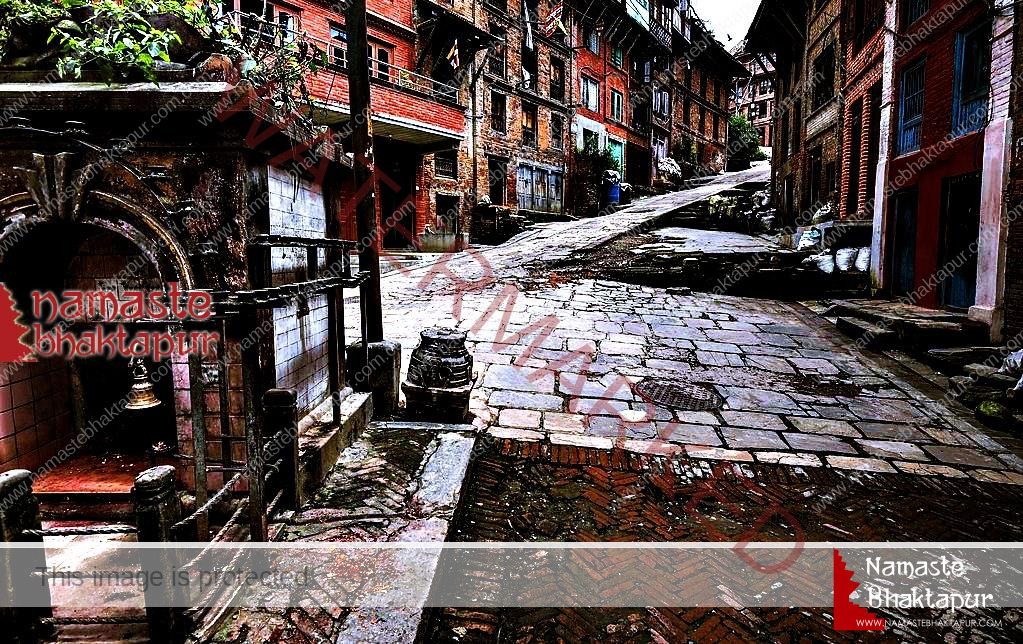














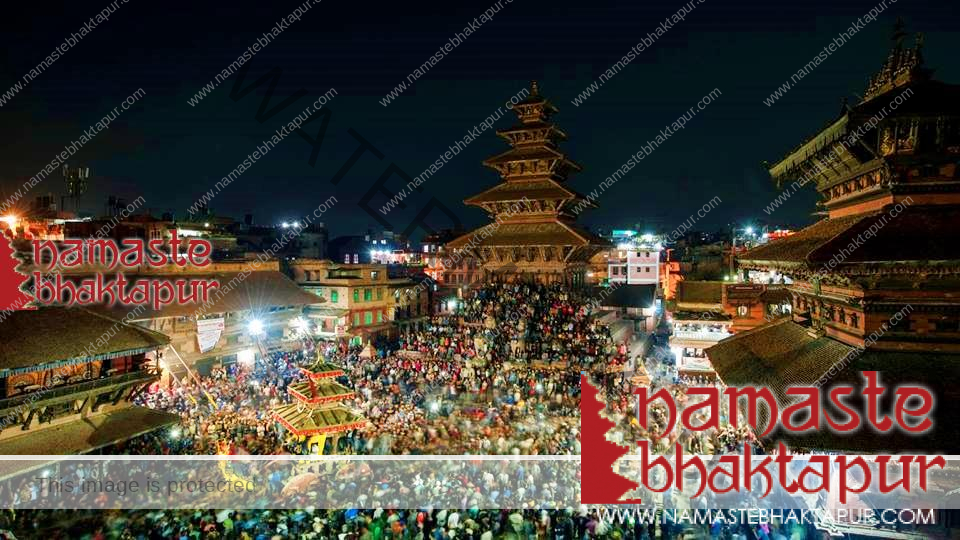





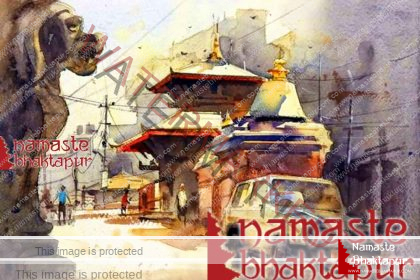

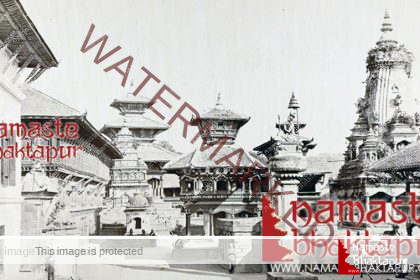
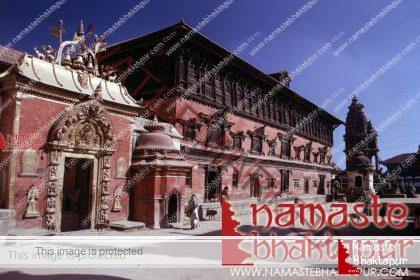




This article provides a summarized picture of Khwopa city and the area around it. Khwopa is written as 𑐏𑑂𑐰𑐥 in Nepalbhasa, the original language of Nepalbhasa. Looking at the history of languages spoken and written in Nepal, Khwopa is spoken form of the Khopring, which is a term of Prakrit language. The word Bhaktapura is a Sanskrutized name like Nepala for Newara. Bhadgaon is a name given by the immigrant people brought by the immigrant rulers like Prithvi Narayan Shah and his folks. Many names in Nepal have been renamed by the Sanskrutization and by the immigrants that entered Nepal after the arrival of Prithvi Narayan Shah from Gorkha. Likewise, Nepalbhasa, the original language of Nepal has also been renamed “Newari” by the immigrants NOT by the original community, the Nepami. If we are to preserve our heritage, it is writers’ duty to disseminate the correct information.